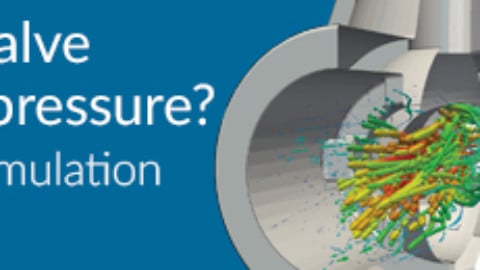Electric motors are wholly dependent on fully-functioning bearings for optimal performance. Although small, these internal elements are constantly subjected to tremendous pressures, including friction, temperature and load.
Studies have shown that 91 per cent of all bearings never make it to their intended lifespan. The most pressing reason for this is down to one simple factor: poor lubrication. When presented with these stark figures, it becomes easy to see that this represents a major expenditure that should be simple to avoid.
However, anyone responsible for maintaining bearings won’t take long to realise that this isn’t the easiest of tasks to carry out correctly. Lubrication failures are, unfortunately, extremely common. To successfully overcome them, we first need to look at what constitutes lubrication failure. This can be broken down into three distinct categories:
- Lack of lubrication
- Over lubricating
- Using the wrong type or an inferior quality lubrication product
Lack of Lubrication
Not having enough lubrication, sometimes referred to as lubrication starvation, can happen for many reasons. It could be as simple as not enough oil or grease being applied when maintenance is carried out, or perhaps too long has gone between application intervals. It can also occur if excessive heat causes the lubricant to break down, separating the lube’s components.
Over Lubricating
Too much of a lubricant in a bearing can be as harmful as not enough. Over-application can create high internal pressures that force the excess through gaps in the housing. This then enters the windings, and causes damage. Excessive grease also means the rotating elements have to work harder to push the grease out of the way. This increases temperatures within the bearing, resulting in energy loss and premature lubrication degradation.
Using the wrong type or an inferior quality lubrication product
The wrong or a poor quality lubricant can have devastating effects on bearings. The type to use is dependent on bearing design, temperature and speed. Different thickeners are used in various oils and greases, and not all are compatible with each other. Using the correct grease for a specific application is vital to avoid premature bearing failure.

Lubrication and Greasing Solutions
The first solution is to select the correct lubrication product for the asset. This will be dependent on the bearings within the motor – something that might not be as obvious as it first seems. While this should be stated on the motor identification plate, previous maintenance and repairs might mean that those inside are different from the original configuration. Maintenance teams should identify these before selecting the correct lubrication product.

Once this is known, you should always use the manufacturer-recommended lubricant type. This will be determined by the bearing design, temperature and speed.
A preventative maintenance system should be put in place. This should identify and track various aspects of the asset’s motor/s, including:
- Date of installation
- Horsepower
- Frame size
- RPM
- Bearing type
- Environmental operating conditions
- Type of grease/lubrication necessary
- Regrease time cycle
- Grease/lubrication volume control
The last two aspects are the most complex to identify. Thankfully, there are now automated solutions available. These remove the manual lubrication process, monitor grease levels, and apply the correct amount when necessary. These typically carry out all the greasing needs over six months, after which an easy replacement/refill is all that’s needed to set them up for the next period.
The simple task of defining and using the right, highest quality lubricant and accurate application can have an extraordinary effect on bearing life, asset uplift and cost savings. One example, carried out by rotating equipment specialist Chesterton, saw a plant achieve a 90 per cent reduction in electric motor failure, saving around $425,000 (US) per year.

Rotating equipment specialist Chesterton is a world leader in lubricants and associate products, offering both primary and secondary greasing options, including automatic grease dispensers.
Discover more about how such advanced industrial lubricants and MRO products can improve your bottom line at chestertonlubricants.chesterton.com.
This sponsored editorial is brought to you by Chesterton. For more information, visit chestertonlubricants.chesterton.com/en-us/.

















